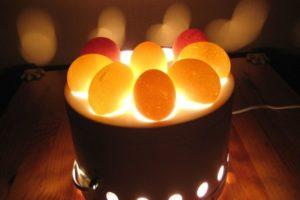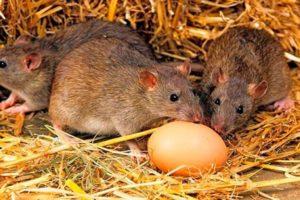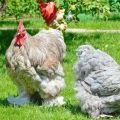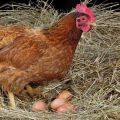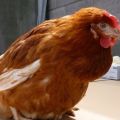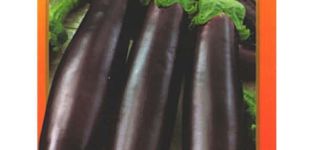How can you determine the age of a chicken, signs and differences between an old bird and a young one
Poultry farming is quite an interesting and profitable activity. Novice farmers tend to purchase an adult bird so as not to bother with chickens. In addition, these birds can produce eggs or go for meat. However, not everyone knows how to determine the age of a chicken. For this, it is worth considering many features - the state of the beak, abdomen, legs. The parameters of egg production and the appearance of eggs also matter.
Why determine age
Chickens live 10-15 years, but the ability to lay eggs is preserved for a maximum of 5 years. When purchasing a bird, this fact should be taken into account. Sellers often take advantage of buyers' lack of experience by selling old birds instead of young ones.
The ability to estimate the age of a hen is required when running a large farm and keeping many birds. In such conditions, it is difficult to fix the age of each of them. Keeping chickens that do not produce eggs is not economically feasible.
Experts recommend separating young birds from adults.
This will help ease the age determination process and eliminate the risk of conflicts. Adults often start chasing the young, and fights for food are also possible.
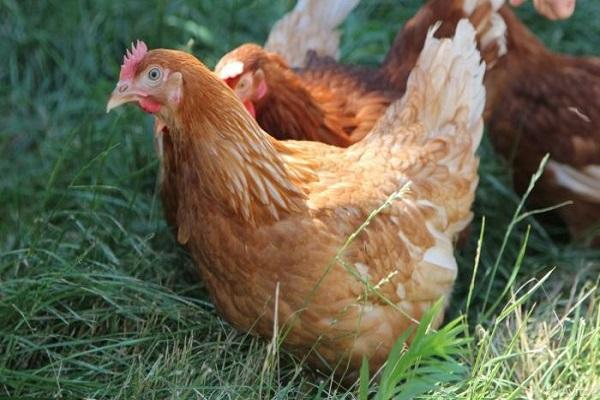
How to tell an old bird from a young one
To assess the age of a chicken or rooster, you should focus on the following criteria:
- Inspection and assessment of the behavior and temperament of birds.
- Technological parameters. For layers, it is recommended to evaluate performance parameters at specific time intervals and determine the number of clutches.
By combining these methods, farmers can accurately determine the age of the bird and predict its productivity.
Determining the age of the chicken
To assess the age of a chicken, it is recommended to focus on a number of features. In this case, it is worth considering the appearance of the beak, legs and other parts.
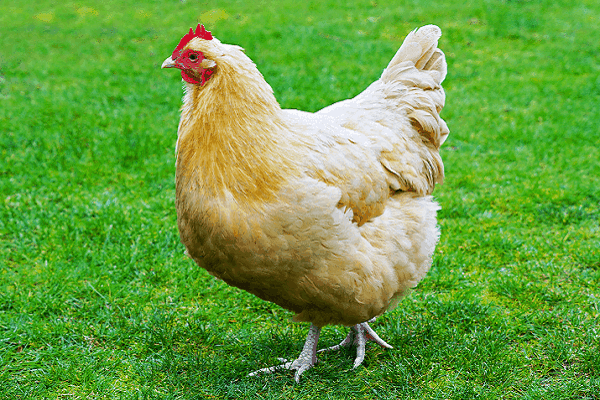
By the beak
The appearance of the beak is considered the main parameter that separates young chickens from adults. In individuals up to a year old, it has a smoother structure and a bright yellow color. As the bird matures, the beak becomes gray and dull. Cracks and other damage appear on it.
On paws
At the time of buying layers, it is worth considering the condition of the legs. Juveniles have yellow skin. It is characterized by uniform coloration.As they grow older, the integument becomes dull, covered with cracks and roughness. In young birds, the scales fit well and are attractive.
By the paws, it will be possible to estimate the age of the rooster. In this case, the presence of spurs matters. In young birds up to six months, they resemble small seals. After a while, the spurs grow and become ossified. The rate of development of spurs is 1.5-2 centimeters per year.
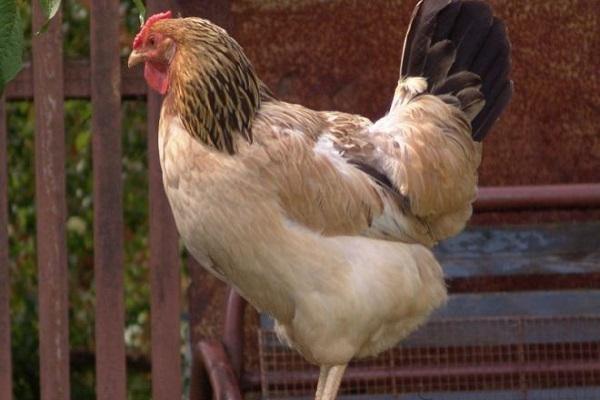
By scallop and lobes
Young layers are characterized by rich shades of lobes and scallops. They also have a higher temperature of these fragments. This is due to the active circulation. It slows down with age.
On the belly
When palpating the abdomen, it is worth noting its consistency. If this part of the hen's body is firm, this indicates that the bird is not young. In the first year of life of birds, this cannot be.
Plumage
Young chickens have a bright shade of feathers. They fit well to the body. There is soft fluff between the feathers and under the wings. It has a delicate texture. Broken, bulging and ruffled feathers are considered a sign of older birds.
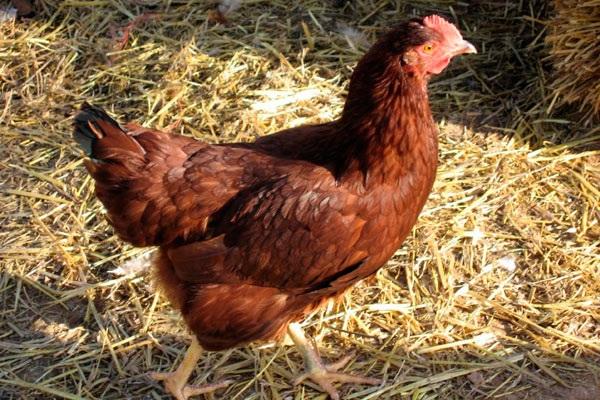
By weight
When assessing body weight, it is worth focusing on the direction and breed of the bird. For individuals of the egg type, less weight is characteristic. In six months, it is at the level of 1.5 kilograms.
By pigmentation
Chickens that have recently started laying are characterized by rich pigmentation. As the performance increases, their hue becomes dull. The onset of pigment loss can be assessed by the blanching of the skin that surrounds the cloaca. Then the color on the paws disappears. The beak and iris gradually brighten.
When assessing the shade of some parts of the bird's body, it is worth focusing on its diet. When consuming flour made from corn, alfalfa or pumpkin, a lot of pigment accumulates in the body. This can lead to errors in age estimation.
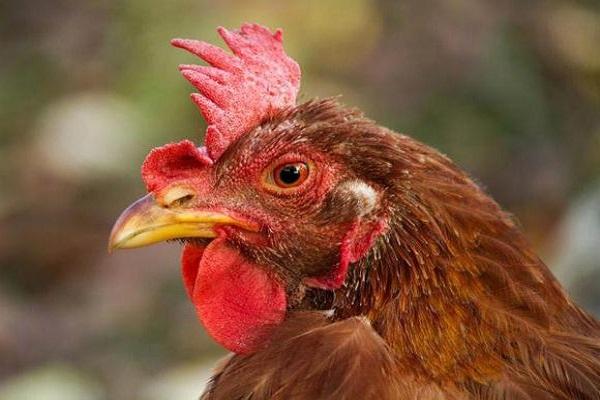
By the eyes
Another informative event that allows you to assess the productivity of the layer is an eye examination. In young birds, they are distinguished by a convex shape, have a clear color and shine. There is no cloudy film or foamy blotches on the eyes.
By behavior
Young individuals with high productivity are characterized by high activity. They move all the time in search of food, walk for a long time. Such chickens are constantly digging in the ground or litter.
By physique
Young birds that fly well have a soft and light build. Their chest is characterized by a round shape. An even keel is also observed. It is distinguished by a cartilaginous type. After a while, the ribcage and the tip of the keel coarsen. On palpation, it is worth assessing the distance from the keel to the surface of the bosom. Normally, this indicator in width should not be more than 3-4 fingers.
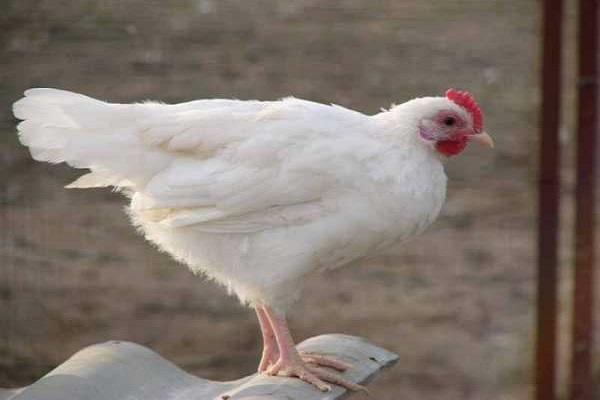
By molting period
Feather change in chickens with good egg production belongs to the late type. It is observed for a short period of time. According to the cycles that occur in the body, the change of primary feathers is observed up to 6 months and before the onset of active clutch.
How to correctly determine age using the technological method
There are special techniques that allow you to accurately establish the age category of the laying hen.
Monitoring laying hens
The life span of chickens reaches 12-14 years. However, their body is designed in such a way that they produce the maximum number of eggs only during the first year. Productive birds are capable of producing 300 eggs during this period. Egg production gradually decreases, and by the age of 5-7 years it completely disappears.
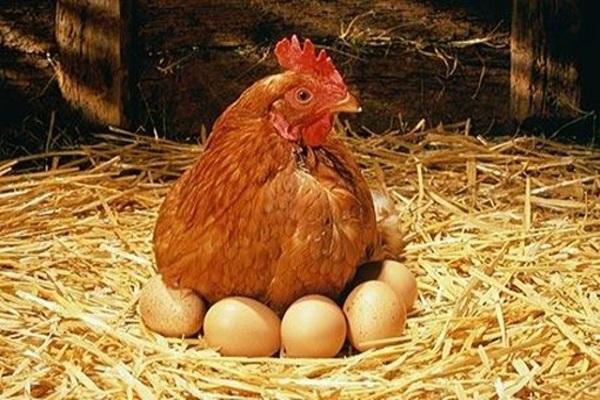
The breed is also important. To get eggs, you should choose only egg bird species. Egg-laying peaks at 1-2 years of age. Then productivity decreases. Large egg farms usually do not keep these chickens for over a year.
In smaller farms and with private use, chickens are kept for 2-3 years. This is due to the small number of birds and low needs. The number of eggs is reduced by 15% every year. Then it happens much more intensely. If at 2-3 years old the bird can be slaughtered, then at an older age its meat loses its taste.
Roosters are usually kept until the end of sexual activity. However, this is done no longer than 4 years. Then they are also allowed to eat meat.
It should be borne in mind that at an early age the eggs are small. They are classified as C2 and C3. These eggs are considered the healthiest because they contain a large amount of vitamins and nutrients.
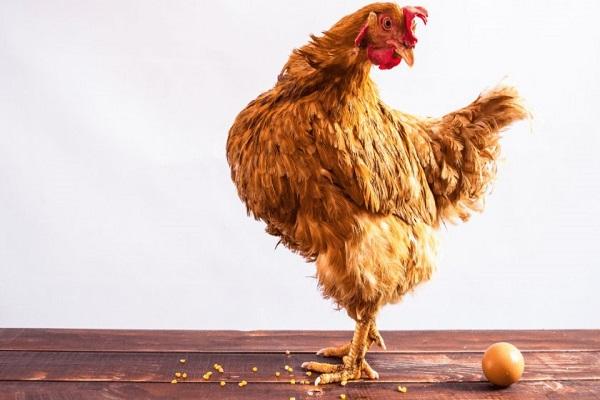
Determination of the quality of eggs
Young chickens have fairly small eggs. Weight does not exceed 45 grams. They are prized for their taste and yolk size. The older the bird, the less its eggs contain useful elements.
Young chicken eggs are characterized by a fairly strong shell that is difficult to break. The eggs of adult birds have a fragile shell that cracks easily.
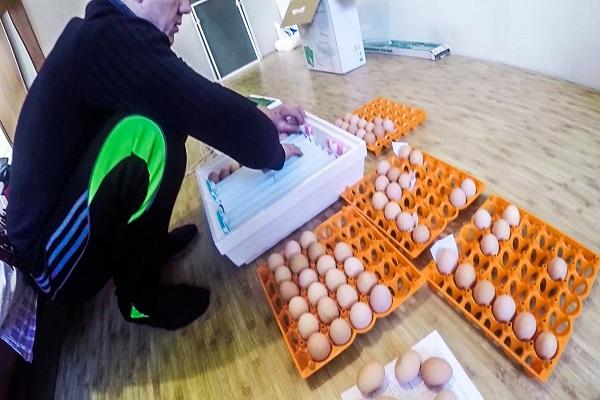
Assessment of the external parameters of the yolk
The eggs of young hens are characterized by a richer yolk. It has a bright orange tint. Adult birds lay eggs with a pale yellow yolk. It is characterized by a light unsaturated shade.
When assessing these parameters, it is worth focusing on the diet of birds. If chickens receive food containing bright pigments, their yolk will be colored. This feature is often used by unscrupulous manufacturers.
It is also worth focusing on the size of the yolk. The younger the bird, the larger the egg yolk. Older chickens lay eggs with a small yolk. In addition, it has a thinner consistency.
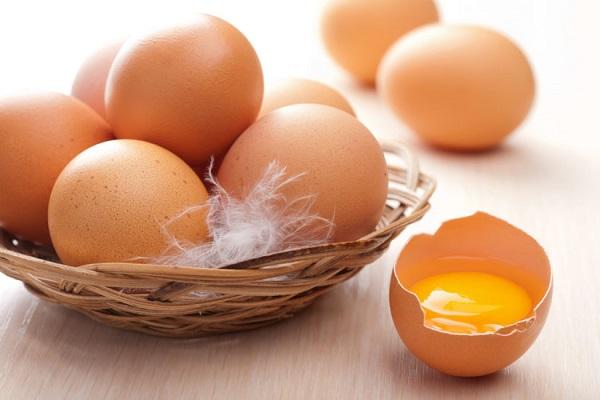
How not to buy an old chicken?
Many inexperienced poultry farmers do not know how to tell the age of a chicken. To reduce the likelihood of buying older birds, some breeders recommend following these rules:
- The risk of purchasing an adult laying hen is reduced when the stock is renewed in the spring. To do this, in the fall, it is worth revising the chickens and leaving the best representatives for the winter, which are highly productive. In the spring you can buy juveniles.
- To minimize the risk of buying an adult chicken, it is worth purchasing individuals from poultry farms. The specificity of production excludes the presence of birds older than 1-2 years.
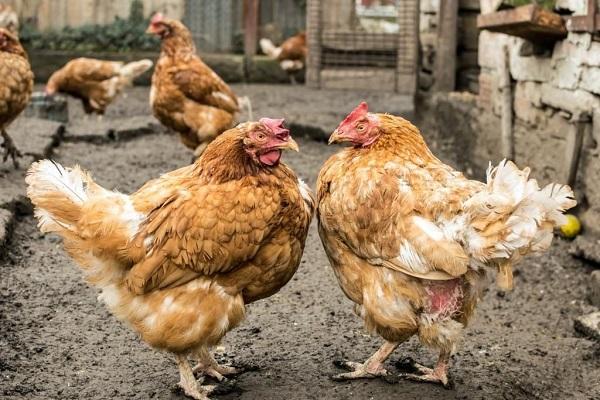
Poultry tips
Qualified poultry farmers advise to discard unproductive individuals all the time. They do not provide any benefit and are expensive to feed. In this case, you should definitely evaluate the appearance of the chicken. Young individuals may stop laying for a while.
In addition, it is recommended to use succulent forage to increase productivity. In winter, it is worth increasing the length of daylight hours. For this, artificial lighting is used.

The appropriate age for acquiring young chickens is 4-6 months. The best time to do this is in the summer. It is worth buying young birds at special poultry farms. They record the exact time when the chicks hatch. In addition, this method allows you to correctly identify the breed. Also, on poultry farms, vaccinations are carried out in a timely manner..
It is possible to determine the age of the chicken according to various criteria. To get accurate results, it is worth considering the condition of the beak and paws, palpating the abdomen, evaluating the productivity parameters and the appearance of the eggs.
